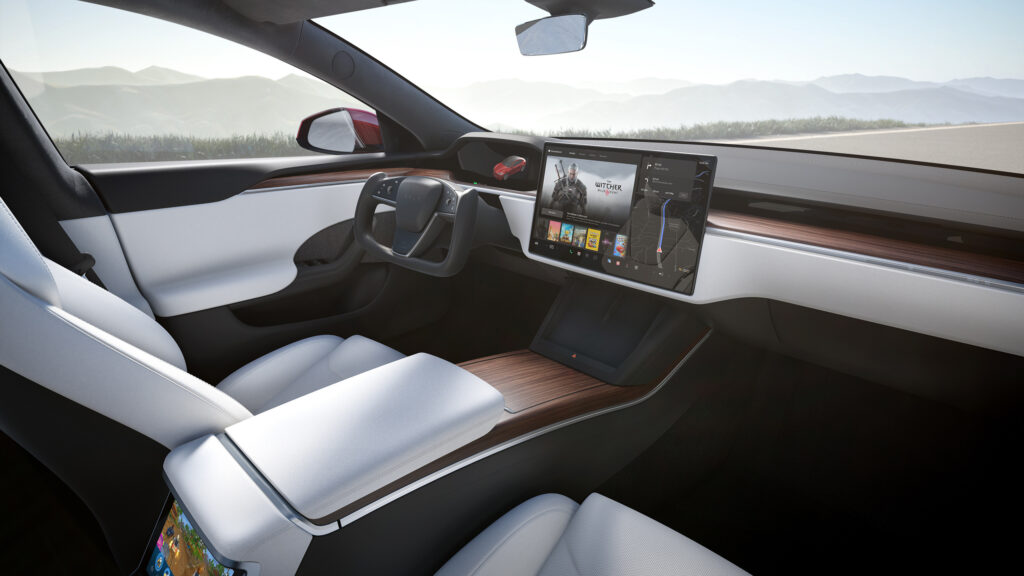Expansion of Tesla’s Services
Tesla continues to expand its robotaxi network, having received permission to provide passenger transportation services in the state of Arizona. This occurred five months after the service launch in Austin, Texas, and subsequent implementation of the program in California. However, a key condition remains unchanged: all vehicles must have a safety driver on board who is ready to intervene in control if necessary.
Operating Conditions of Robotaxis
The Arizona Department of Transportation granted Tesla permission to operate as a transportation network company, allowing it to provide paid transportation services. As in California, each Tesla vehicle in the fleet must have a safety driver who can use the Full Self-Driving system but must be prepared to take control at any moment.
Degree of Autonomy and Future Plans
The question of how autonomous these vehicles are remains open. In Austin, safety drivers are allowed to sit in the front passenger seat, where they have quick access to an emergency shutdown switch. Tesla states that it hopes to eliminate human control by the end of the year, but this goal may prove too optimistic. Other states, such as California and Arizona, are likely to proceed more cautiously in allowing a similar level of autonomy.
Predictions and Reality
After the service launch in Texas, Tesla CEO Elon Musk stated that robotaxis could reach half of the US population by the end of the year. However, the company appears to have stepped back from this statement, expecting expansion only to a small number of additional cities.

Differences from Competitors
Despite using the name “robotaxi,” Tesla’s service is not fully autonomous, as it requires the presence of a safety driver. To achieve a level of autonomy similar to Waymo, the company must obtain permission to operate without a human at the wheel. In California, this will only be possible after the full self-driving technology is officially recognized as a Level 4 system, which is unlikely to happen soon.
Tesla’s service expansion in Arizona highlights the gradual but steady progress in the field of autonomous transportation. Although the company has not yet achieved full autonomy, its steps indicate a commitment to innovation and adaptation to regulatory requirements. It is important to note that safety remains a priority, and further successes will depend on technological advancements and legislative changes.


 by
by 
